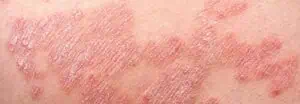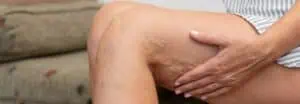If you would like to download this information sheet as a PDF – click here.
Day of Treatment (Day 1)
After your treatment we will have applied an anti inflammatory cream/ gel. This will soothe any inflammation.
Ice: It can be helpful to apply an ice compress to site on and off for the first hour. Alternate the compress on and off every 1-3 minutes as needed. Do Not leave ice on the treated area for more than 5 minutes. Natural aloe vera gel may also be applied. We may have given you a small supply of a potent anti inflammatory ointment. Please apply it to the treated areas in the evening and again the following morning. This helps to settle the inflammation.
Rest: Limit physical activity on day 1. Avoid exercising and any activity that results in perspiring. Avoid hot steamy showers and harsh soaps or cleansers.
Elevate: The treated area should be elevated above the heart when possible. This is especially important for Tattoos on the lower leg, ankle and feet.
Notes: Please note your treatment site may exhibit different tissue reactions after each treatment. The following signs and symptoms are normal after laser treatment.
The treatment site appears unchanged or appears brighter.
The area will appear white, pink, or red.
The treatment site has pinpoint bleeding, blistering or red, yellow, or clear discharge and swelling.
Days after Treatment (Day 2 onwards)
Ice: Continue to apply ice compresses as noted above only as needed to relieve symptoms.
Moisturise: Apply Vaseline based products, Dermol cream or Aquaphor 3 – 4 times a day for the first 3 days after treatment to promote healing and reduce itching and irritation. Continue to moisturize regularly to keep the site soft and supple.
Avoid: Any over the counter anti-bacterial ointments or creams as they may cause allergy!
Rest and Elevation: Continue to rest and elevate (especially important for Tattoos on the ankle and foot) Limit physical activities such as working out, sports, etc. It may take up to 2 weeks for the treated site to be fully healed.
Activities: You may resume activities unless a blister is present. Avoid swimming or hot tubs until healed.
Blistering: Blistering is normal. Do not pop or prick blisters. Blisters may take 1 – 2 weeks to resolve. You may use a non-stick bandage to protect the blister. If the blister breaks apply Dermol cream and a non- stick bandage. If the blister is painful call the clinic for advice.
Healing: Do not pick or remove scabs or crusts that develop during the healing process. This is a leading cause of infection and can lead to scarring. Healing can take from 5 – 14 days rarely longer. Infections are rare, however if aftercare is not followed they can occur. The signs to look for are foul odour, fever, red streaks from area, yellow-green drainage, and pain. Call the clinic if you suspect an infection or feel feverish.
Before your next Treatment
Apply SPF 50 to tattoo when in direct sun light, avoid spray tanning for 2 weeks before, and shave area day before next treatment.
Your next appointment should be booked in 6 – 12 weeks. It takes the body several weeks to break down the ink so results will not be immediate and every treatment will react differently.


